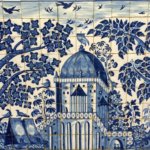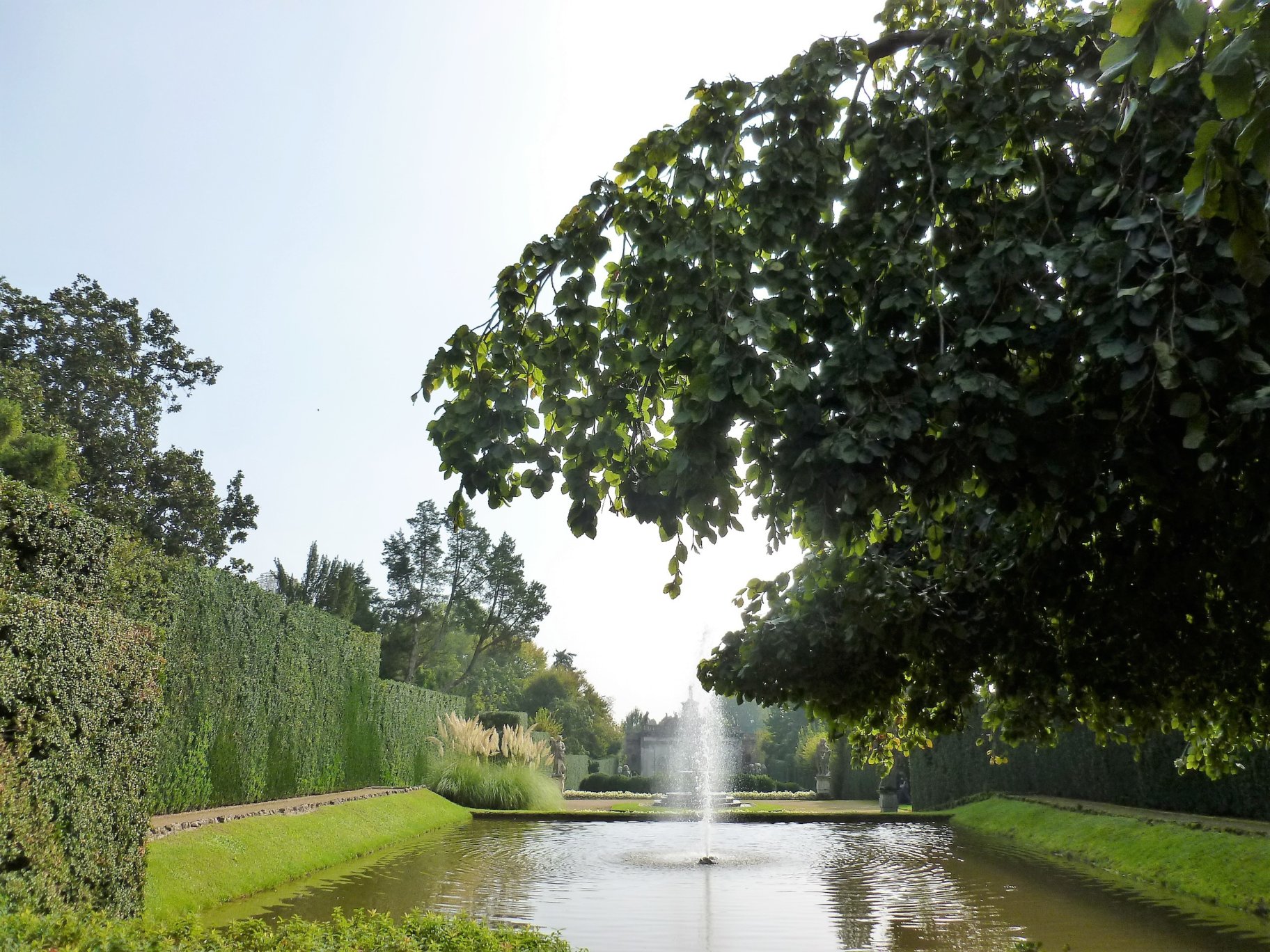
Paradise World
Ulrich GehmannThe myth of paradise is constitutive for the worlds to come, it is their underlying current so to say. An artificial nature as the second ‘normal’ and hence, ‘natural’ environment for human beings does rest in this myth. Or more precisely, to cite the poet Milton, in the myth of a paradise lost and to be regained again. Which implies a certain conception of history, at the same time: once, in the beginning, there had been a harmonious or paradisiacal state of being, at the very start of the human kind – an aetas aurea or Golden Age when humans were in harmony with nature; and after that era, the unity with nature has been more and more destroyed until the relationship reached its present state.
Now, looking at this present state – that repeatedly occurred, in a European history – it has to be overcome via reaching, or striving for a new paradise, either achieved by redemption and outside forces (the Christian Heavenly Jerusalem as second, and final paradise); or by a move back to nature; or by attempts to make a new, man-made paradise, a one out of own human means by creating it anew. It is true, investigators of the issue say, that other cultures also had their imaginations about paradise; but the conception of a paradise was nowhere else so pronounced as in Western culture and in Islam. In particular for a Western culture with its Christian heritage, it became prominent. And, very important for artificial natures, there is a strong relation to utopia: “A natural history of the paradises of the Judaic and Christian religions assembles some of the intellectual and emotional materials that accumulated in European society and constituted an ever-growing storehouse in the culture. Paradise in its Judaeo-Christian forms has to be accepted as the deepest archaeological layer of Western utopia, active in the unconscious of large segments of the population […] testimony to the enduring power of religious belief to keep alive the strange longing for a state of man that once has been and will be again” (Manuel & Manuel).

Next to be a harmonious state of a happy and peaceful existence, a paradise is an artefact. There is no such thing as a natural paradise. The first paradise already, the one given by God, was no natural state that grew out of itself, but an artefact carefully designed by the first creator. It was artificial, a garden (the one of Eden) with the trees of Life and of Knowledge in its midst, an Inner that was separated from an Outer, an outside world – in the Bible, there is no clear saying what laid outside that garden, but it was an outside, an Outer being different from that Inner.
The word ‘paradise’ probably originated from the Persian pardeza which meant a garden area enclosed by walls, and our word derives from the Greek paradeisos, meaning ‘garden’. That is, in both origins, a part of land separated from an outside, and a kind of nature that looked natural and had natural components, but that was not nature. For the Roman philosopher and politician Cicero, a garden was the altera natura, the “other nature” – and that is what it is all about, in the case of artificial natures. An artificial nature is an environment, or more general, a space that looks natural but isn’t. It is a space constructed, not grown. And related, it is a construction that shall be more natural than an original nature could ever be; in terms of the natural, it is an augmented reality-version of the latter, in a very literal meaning of being augmented: from its Latin origin, an enhanced, meliorated, intensified reality.
The prototype of such an augmented nature is the garden, the enclosed and therefore protected pardeza where one can find calm, even peace of mind. It was the locus amoenus, the loveable and harmonious secret place, the hortus conclusus, the enclosed garden, it was a place of refuge and contemplation, and often, it was a mirror of the macrocosm, a microcosm expressing symbolically the important features of the world. At least in the latter’s unspoiled, ‘natural’ state, for instance in medieval European cloister gardens as a symbolic expression of the original paradise, or in Renaissance microcosmic reconstructions of a larger cosmos outside.
When the garden enlarges it becomes a park, an extended artificial nature that gain, is more natural than nature can ever be. When it combines with human dwelling, it can become a whole artificial landscape, as in case of imperial Chinese Gardens of considerable dimension, with artificial lakes, hillsides etc. (one Chinese emperor built a 700 square kilometer-park), or in case of Baroque “gardens” like Versailles, or so-called English Landscape Gardens where you wander around in an environment that looks completely “natural” but nevertheless, had been carefully designed. Even later on, it became the public park of nineteenth-century cities, or the “park” of diverse dreamlands as heterotopoi from normal civilization.
In case of our theme, the common basic idea is to provide an artifact that can be, or should be, a new paradise for humans. If the meaning of ‘natural’ does also mean ‘normal’, such an environment was intended to become a new – and better – environment to live in, as a new ‘normal’ (and hence, ‘natural’) surrounding of human beings, for a better way to live. This is the utopian strain in all of the constructs we offer in the following, and it can reach from original gardens as paradises to completely artificial environments like ideal cities, parks, and garden cities as a combination of both nature and culture, of organized nature and organized housing.
We start with the archetypal conception, that of an “original” paradise represented by a garden. It is Lucia’s garden, located somewhere in Southern Germany at the fringe of a forest, i.e. at the edge of nature. From that locus amoenus, evolution starts: to the extended territory of ideal cities like Sforzinda or the garden city of Tel Aviv; to the park of Burle Marx, a microcosmic landscape shaped like a painting; to a utopian terrace world, stretching into infinity in the midst of a natural wilderness; to the abstract spaces of computer worlds which are no spaces any longer but digitalized abstractions, mere systems of algorithms which nevertheless comprise, in their total, a new kind of social space.
